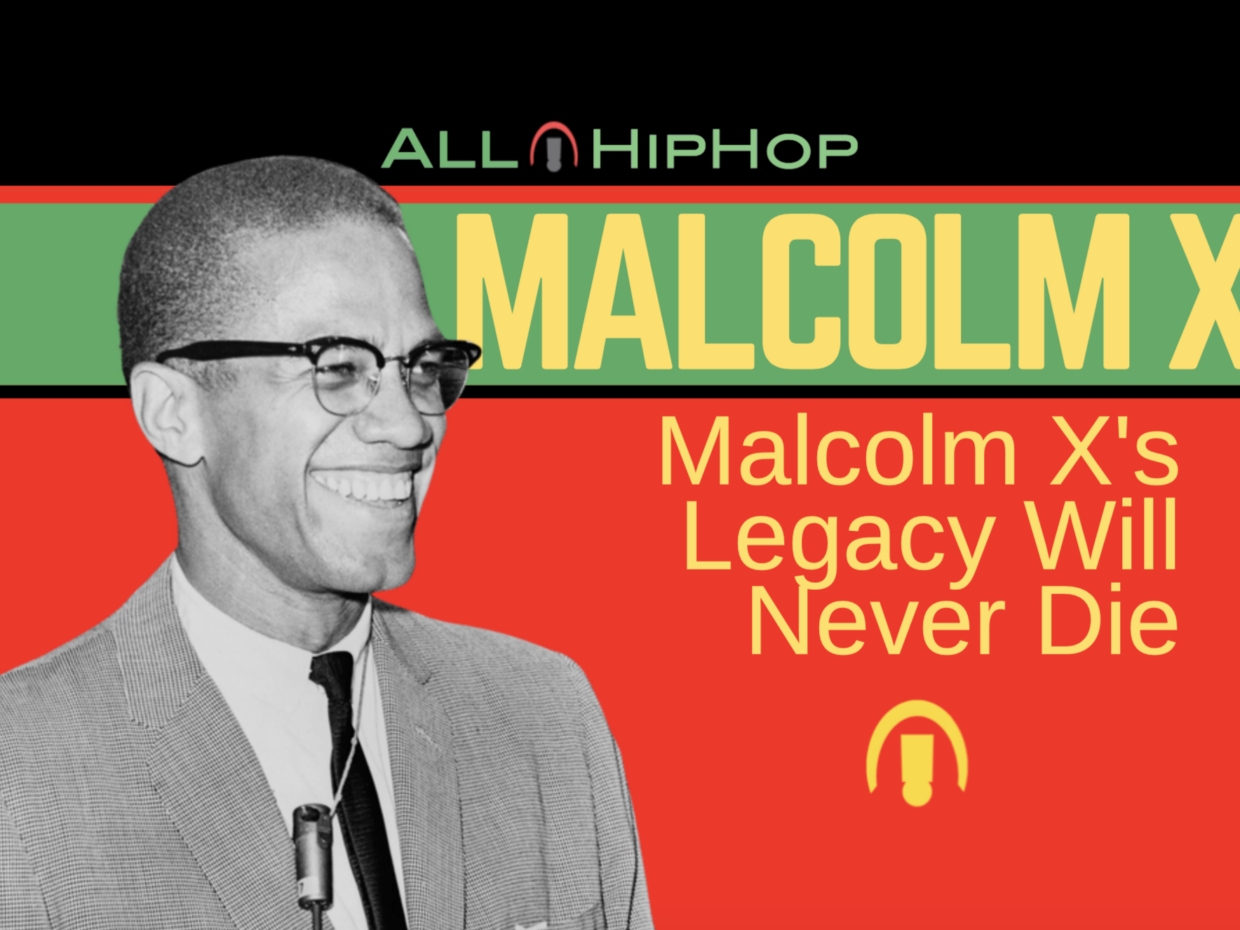Malcolm X is one of the most celebrated figures in black history. He is known for his pursuit of racial justice, and along with Martin Luther King Jr., he is the defining figure of the Civil Rights Movement.
Malcolm X was born on May 19th, 1925, as Malcolm Little in Omaha, Nebraska. He was one of seven children and relocated to Milwaukee and finally Lansing, Michigan, after Klu Klux Klan threats.
At the age of 6, Malcolm’s father died after a streetcar hit him, but historians agree that white racists were responsible.
Malcolm attended West Junior High School in Lansing and Mason High School in Mason, Michigan, but left before graduating. He dropped out of high school at 14, despite excelling, after a white teacher told him that practicing law was not a realistic goal for someone of his skin color.
He worked various odd jobs up to the age of 21 and eventually moved to Harlem in New York City in 1943. After escaping World War II military service by faking mental insanity, Malcolm was arrested in 1946 after picking up a stolen watch he had left for repair at a shop.
During his time in prison, he developed an appetite for reading, and it was at this time that he discovered Islam. In 1950, Malcolm started signing his name “Malcolm X,” after sending a letter to President Truman expressing his opposition to the Korean War.
While Elijah Muhammad, the leader of the Nation of Islam, instructed followers to leave the family name behind when joining Islam and using X. Malcolm X explained that the “X” symbolized the African family name he would never know and used “X” as a replacement of his slave master name of “Little.”
After parole in August 1952, he focused on his membership Nation of Islam, establishing many temples.
By the end of the 1950s, Malcolm X was becoming known as a cultural commentator on contemporary issues on behalf of the Nation of Islam.
In 1962 and 1963, Malcolm X started to reassess his relationship with the Nation of Islam, after Elijah Muhammad sidelined him for his comments on the Kennedy assassination.
Malcolm X publicly announced his break from Islam in 1964.
After leaving the Nation of Islam, his conflicts with the members intensified and he was receiving death threats. He rose to prominence as a leading speaker on the Civil Rights movement during this time.
On February 21st, 1965, Malcolm X was getting ready to address members of The Organization of Afro-American Unity, which he had founded since leaving the Nation of Islam.
Malcolm was talking to OAAU members in Manhattan’s Audubon Ballroom when he was shot in the chest by one man and two other men firing semi-automatic weapons.
Malcolm X had a total of 21 gunshot wounds. His body was in public viewing between February 23rd and 26th at Unity Funeral Home in Harlem, with the funeral taking place on February 27th.
His influence was widespread, and by the late 1960s, a number of movements could trace their roots to Malcolm X’s teachings.
Malcolm X has been considered one of the defining activists, not just through the civil rights movements but as a definition of someone who had to endure so much for the sake of their beliefs. So much so that he was prepared for and died for them.
